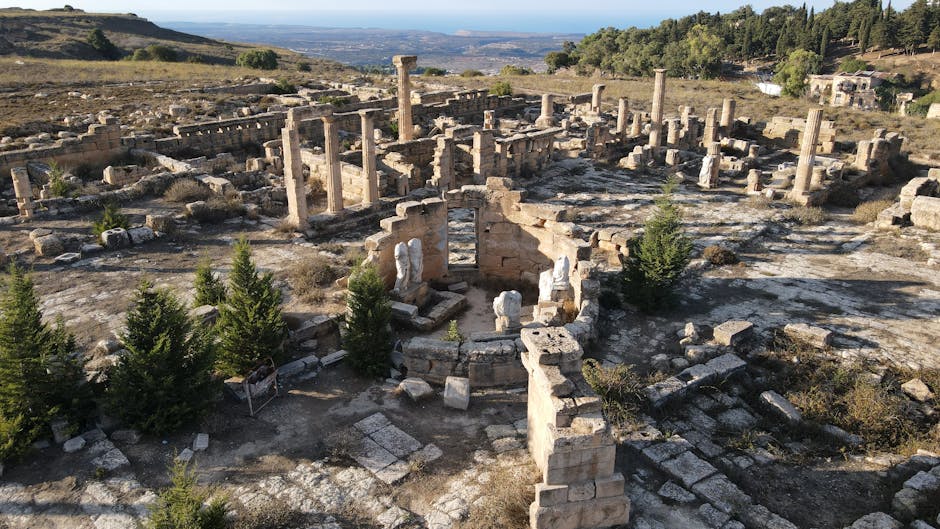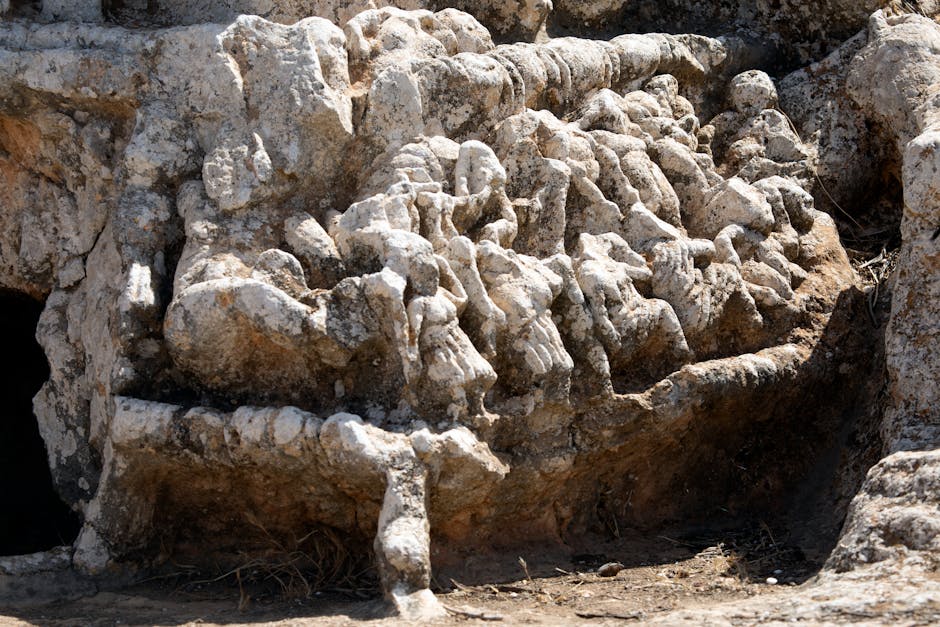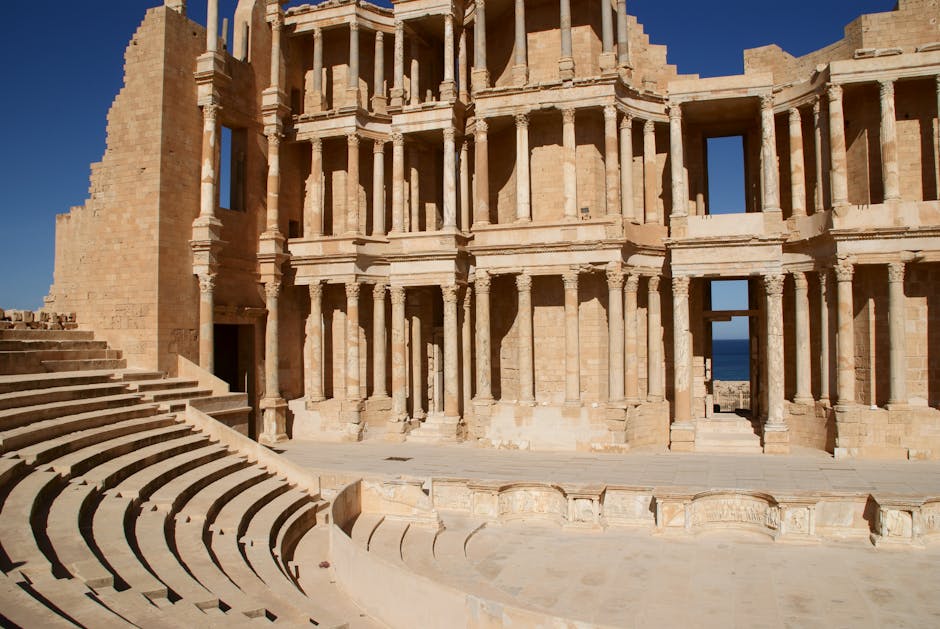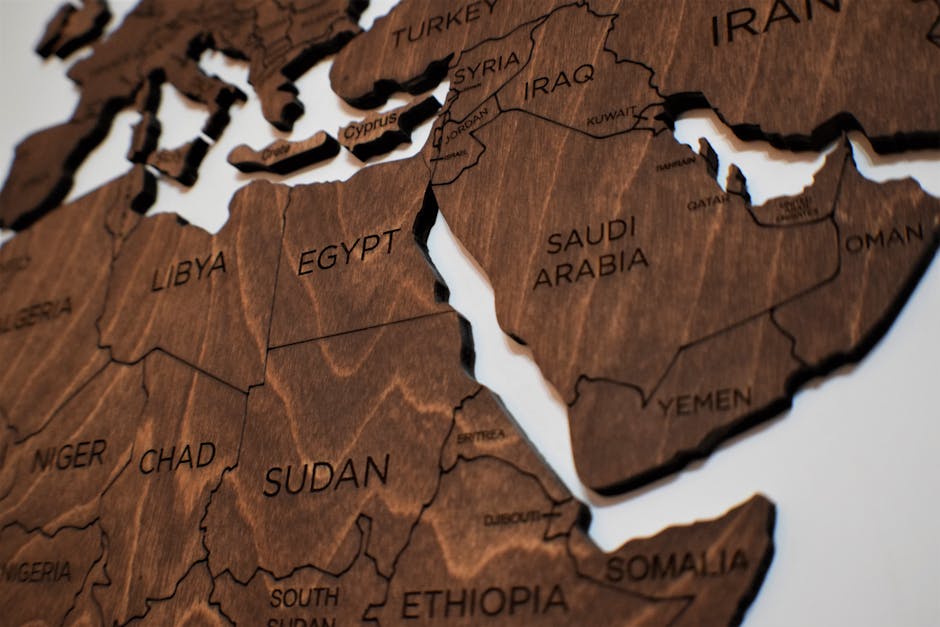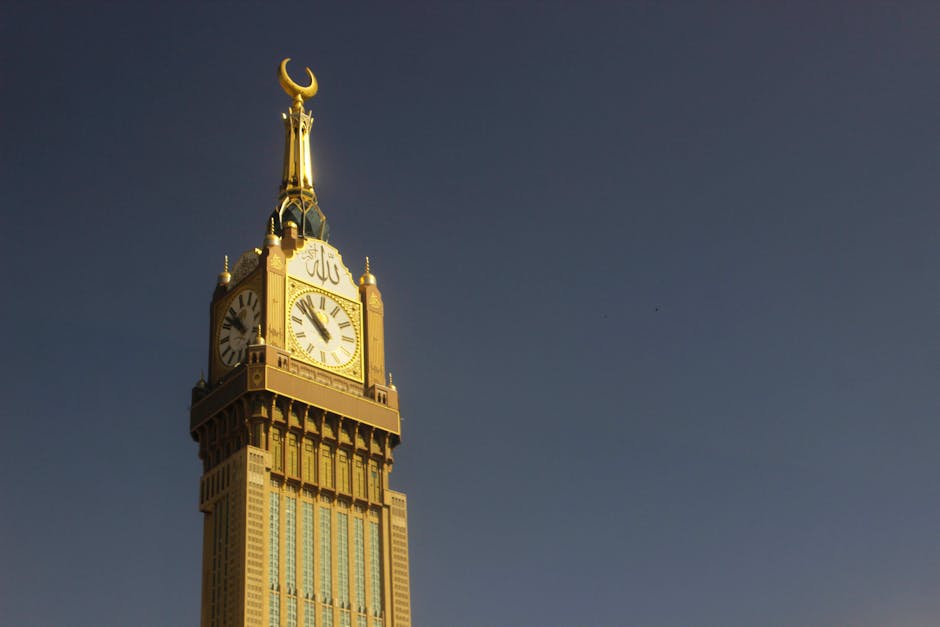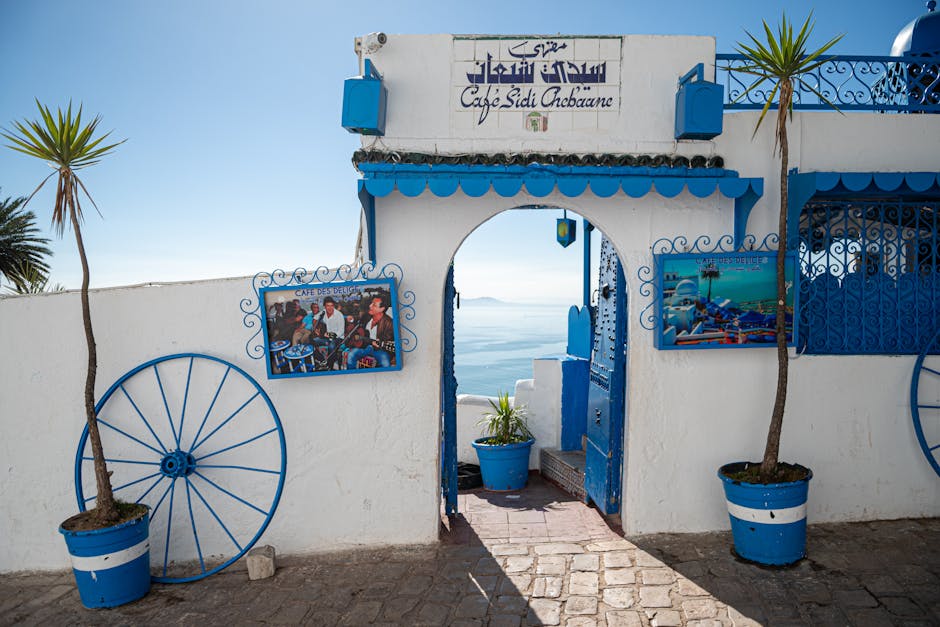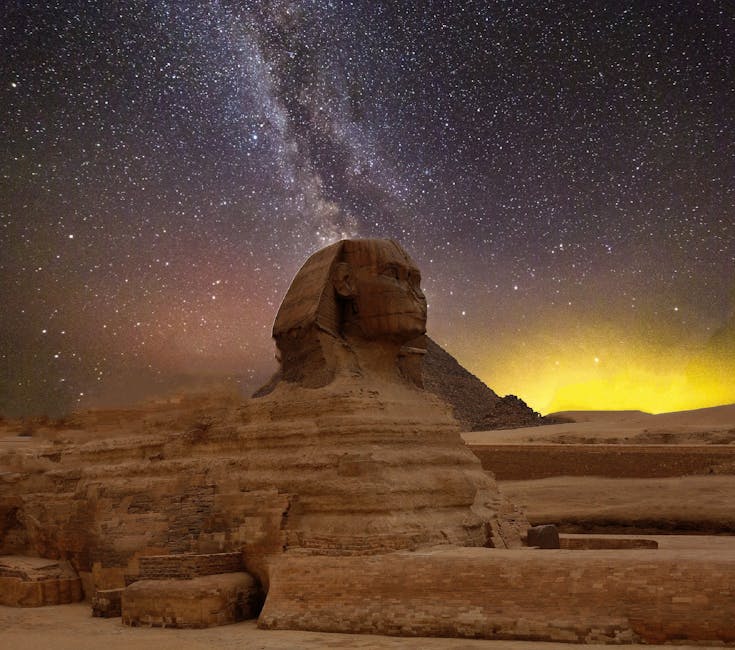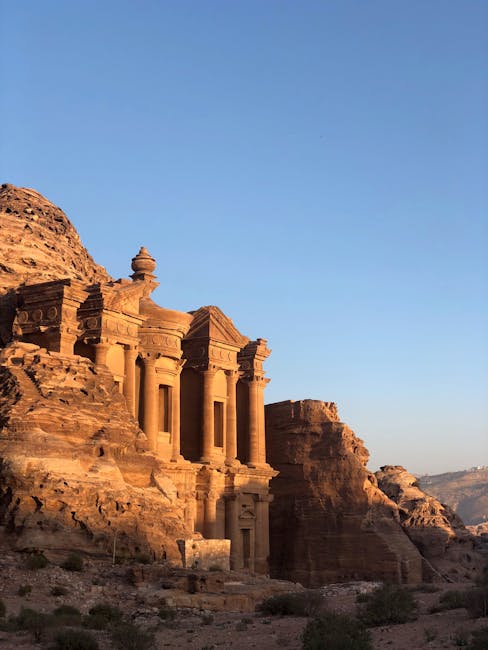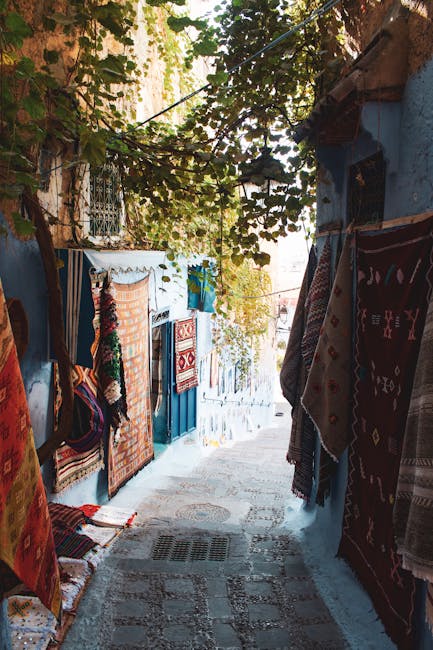Libya
Overview
Libya, located in North Africa, is a country rich in history and culture. This vast land is characterized by its stunning Mediterranean coastline, expansive Sahara Desert, and some of the world's most impressive ancient Roman and Greek ruins. Libyan culture is a blend of Arab, Berber, and Saharan influences, making it a unique and fascinating destination. In particular, the country's historical sites, such as the UNESCO World Heritage site of Leptis Magna, are a testament to its important role in ancient civilizations.
The best time to visit Libya is during the spring months (March through May) and autumn (September through November). During these periods, the weather is mild and pleasant, making it ideal for outdoor activities. Tourists can explore the ancient ruins, visit the bustling markets in Tripoli, or embark on a desert safari in the Sahara. The Libyan Desert is one of the most arid places on earth, offering a unique adventure for thrill-seeking teenagers. Also, the coastal city of Benghazi offers beautiful beaches and a vibrant nightlife scene.
Before visiting Libya, it's crucial to prepare adequately. Although Libya is a beautiful country, it has experienced political instability in recent years, so it's essential to stay updated on the current situation. Ensure to have the necessary visas and travel documents. Health insurance that covers international travel is also highly recommended. As for packing, remember that Libya has a predominantly Muslim culture, so dress modestly to respect local customs. Lastly, learning a few basic Arabic phrases can be beneficial as English is not widely spoken outside major cities.
A Glimpse into the Past
Libya, a North African country bordered by the Mediterranean Sea to the north, boasts a rich history that stretches back thousands of years. With its strategic location, it has been a crossroads of various civilizations, each leaving a significant imprint on the land. Today, it is a destination that offers a unique blend of ancient history, stunning landscapes, and vibrant culture.
Ancient Civilizations
The history of Libya can be traced back to ancient times when it was inhabited by the Berber people. The region saw the rise of various ancient civilizations, including the Phoenicians, Greeks, and Romans. One of the most remarkable sites is Cyrene, a UNESCO World Heritage Site located near the modern city of Shahhat. Founded in the 7th century BC, Cyrene was one of the most important cities of the ancient Greek world. Visitors can explore well-preserved ruins, including the Temple of Apollo, the ancient theater, and the elaborate burial grounds known as the Royal Tombs.
Another significant location is Leptis Magna, situated near the city of Khoms. As one of the best-preserved Roman cities in the Mediterranean, it showcases stunning architecture, including the Arch of Septimius Severus and the impressive Roman Theater. The city thrived in the 2nd and 3rd centuries AD and offers a glimpse into the grandeur of Roman life in North Africa.
The Islamic Era
In the 7th century, Libya underwent a transformation with the arrival of Islam. The Arab conquest brought significant cultural and religious changes. The region became part of various Islamic empires, including the Umayyads and the Abbasids. The city of Tripoli, the capital of Libya, emerged as an important trading hub during this time. Its medina, with narrow winding alleys and traditional architecture, invites visitors to discover its vibrant markets and historical mosques, such as the Karamanli Mosque.
The Fatimid Caliphate also left its mark on Libya, particularly in the coastal cities. The historical significance of these periods can be seen in the architectural influences that blend Berber, Arab, and Mediterranean styles.
The Ottoman Period
In the 16th century, Libya fell under Ottoman control, which lasted for several centuries. The Ottomans implemented various administrative changes and fostered trade in the region. The city of Misrata became a crucial commercial center, and its port facilitated trade across the Mediterranean. The Ottoman influence is still visible today in the architecture and culture of Libya, particularly in the many mosques and fortifications built during this period.
During this time, Tripoli also saw the construction of impressive fortresses and palaces, many of which still stand today. The Red Castle (Assai al-Ahmar), overlooking the Mediterranean, serves as a museum that showcases Libya’s rich history.
Colonial Era
The early 20th century brought significant change to Libya, as Italy occupied the country in 1911. The Italian colonial period was marked by resistance from Libyan tribes and harsh repression. The legacy of this era is complex; while it led to the development of infrastructure and urbanization, it also involved significant exploitation and violence against the local population.
The city of Benghazi, the second-largest city in Libya, was an important center during this time. Visitors can explore its historical sites, including the Martyrs' Square and the Cathedral of Benghazi, which reflect the city’s colonial past.
Post-Independence and Gaddafi Era
Following World War II, Libya gained independence in 1951, becoming the first country to emerge from colonial rule in the Arab world. King Idris I ruled until 1969 when a young military officer named Muammar Gaddafi led a coup d'état. Gaddafi's regime was characterized by his unique interpretation of socialism and nationalism, which he outlined in his "Green Book."
Under Gaddafi, Libya experienced considerable modernization, particularly in education and healthcare. However, his rule was also marked by repression and human rights violations. The capital city, Tripoli, is home to the People’s Hall, where Gaddafi addressed the nation, as well as the Green Square, a focal point for political gatherings.
The Arab Spring and Civil War
In 2011, Libya was swept up in the wave of protests known as the Arab Spring. The movement quickly escalated into a civil war, leading to the overthrow and subsequent death of Gaddafi. The conflict left the country divided and struggling with instability.
The aftermath of the civil war saw various factions vying for control, leading to ongoing conflict and humanitarian crisis. Despite this, there are signs of resilience as Libyans seek to rebuild their nation and embrace their rich history.
Tourism Today
Libya’s tourism sector, once thriving, has faced significant challenges in recent years. However, the country remains a hidden gem for travelers interested in history and culture. The stunning landscapes, from the vast Sahara Desert to the Mediterranean coastline, offer incredible opportunities for exploration.
Adventure seekers can venture into the Sahara Desert to discover ancient caravan routes and unique rock formations, while the coastal cities provide a glimpse into Libya’s vibrant seaside culture. The traditional markets, or souks, in cities like Tripoli and Benghazi offer an authentic experience, where travelers can sample local cuisine and purchase handcrafted goods.
Libya’s historical treasures are unparalleled. The ancient ruins of Cyrene and Leptis Magna, combined with the rich cultural tapestry woven by centuries of different civilizations, make Libya a fascinating destination for those who appreciate history.
As the country gradually stabilizes, it holds the potential to reclaim its status as a premier destination in the Mediterranean, inviting travelers to explore its deep-rooted history, natural beauty, and the resilient spirit of its people.
Top cities for tourists in Libya
Discover the Famous Cities That Might Captivate Your Interests
Must-Try Foods You Can't Afford to Miss
Indulge in a Variety of Fantastic Foods During Your Stay in Libya
May Be Your Next Destinations
People often choose these countries as their next destination


